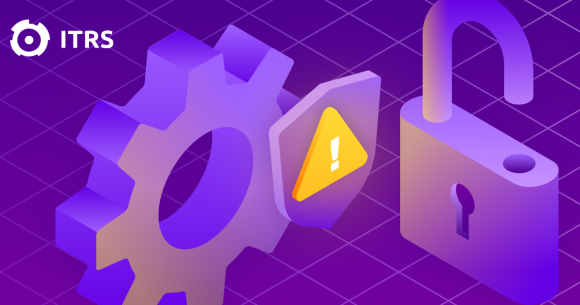Stadtwerke Speyer improves reporting with ITRS Opsview
German utility provider Stadtwerke Speyer needed a way to better monitor its IT infrastructure, improve SLA reporting and improve its accountability and incident response times. It chose ITRS Opsview to help.
The utility, with over 30,000 customers and 250 employees, maintains a large, complex IT infrastructure to support the delivery of gas, electricity and water to its customers. Its IT infrastructure is spread across two data centers, one production and one backup. Also, it uses a mixture of Windows and Linux operating systems running a variety of application stacks, storage devices, switches and environmental systems – making monitoring a complex task.
To add to the complexity, Stadtwerke Speyer is using the extra capacity in its IT infrastructure to offer managed server and application hosting services to local SMBs. Fabian Lorenz, IT systems architect, said a big challenge is maintaining complex electronic data exchange with other utility providers, needed to set up new customer accounts.
“It’s really easy to change energy suppliers in Germany so it's critical for us to maintain the automated business processes necessary to quickly onboard new customers,” he said. “IT monitoring is mission-critical for providing an IT service to customers. If you don’t have it, or think you can get away with free tools, it can get very dangerous, very quickly, Lorenz added.”
Choosing Opsview for value
Lorenz and his team have considerable experience using Nagios®-based monitoring tools, most recently Centreon®, but they wanted a product that was professionally supported, easy to maintain, scalable as business grows – one where they could see continuous product development.
“Nagios Core was just too bare bones for us. It’s tough to set up because you’ve got to install every plugin yourself,” explained Lorenz. “We tried out Centreon for a while, but we didn’t feel it was actively maintained and had no visibility of their roadmap.”
The company wanted a Nagios-based monitoring tool that is easy to install and extend. But it also wanted a vibrant community ecosystem to drive its product development forward. That’s why it chose Opsview.
Deployment and result
Lorenz said his team decided to deploy Opsview Enterprise across the IT infrastructure in 2012. Since then, the benefits of their new monitoring platform have been quickly realized and sometimes surprising. “All of our managed hosting customers now receive scheduled, branded SLA reports that prove the value of our services. Additionally, management is now also better informed about the great service my team delivers to our customers and staff, he said.
” Richly detailed, easy-to-use dashboards are rapidly becoming a must-have for many IT organizations today, Lorenz said. “We currently use Opsview’s dashboards to present a high-level, unified view of our all our critical IT services and processes to non-technical business users.”
“I’m particularly happy with the reporting capabilities in Opsview Enterprise. I hadn’t fully appreciated just how useful it is to output service level reports in multiple formats,” he said.
Read the case study here.




